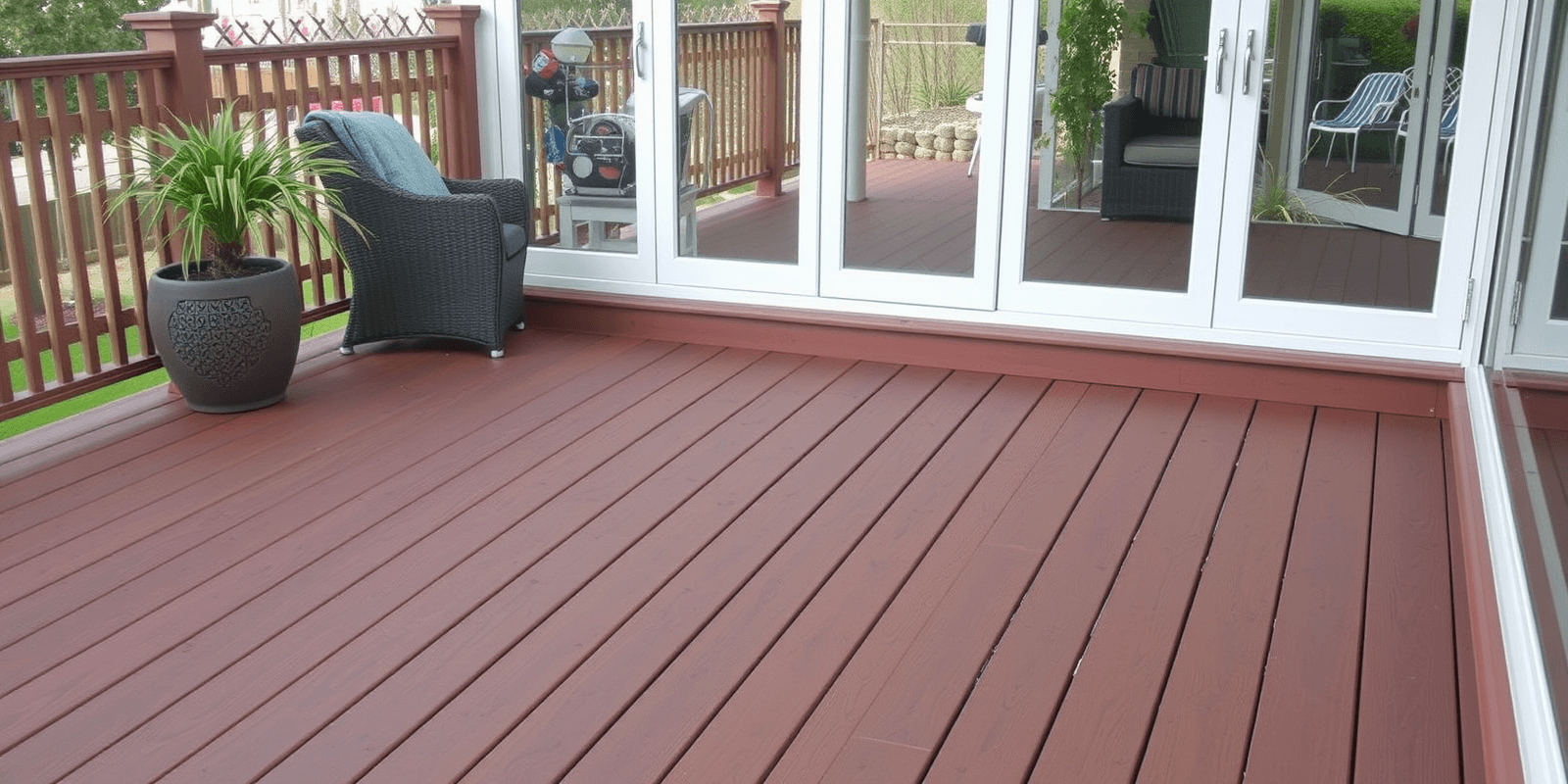“`html
WPC Composite Decking: The Sustainable Choice for Your Outdoor Living Space
Introduction
In recent years, there has been a growing awareness of the need to adopt more sustainable practices in our daily lives. One area where this is particularly relevant is in home improvement and construction. When it comes to choosing materials for your outdoor living space, WPC (Wood Plastic Composite) decking has emerged as a popular and environmentally friendly alternative to traditional wood decks. This article explores the environmental benefits of using WPC composite decking over traditional wood decks, with a focus on how this material can mimic the appearance of merbau wood, providing a sustainable option for homeowners.
The Environmental Benefits of WPC Composite Decking
One of the most significant advantages of WPC composite decking is its reduced environmental impact compared to traditional wood decks. Traditional wood decks are made from virgin timber, which contributes to deforestation and habitat destruction. In contrast, WPC composite decking is made from a combination of recycled plastic and wood fibers, reducing the demand for new timber and minimizing waste. Additionally, WPC composite decking does not require the use of harmful chemicals for preservation, further reducing its environmental footprint.
Mimicking the Appearance of Merbau Wood
Merbau wood, also known as kwila, is a popular choice for outdoor decking due to its durability and natural beauty. However, the harvesting of merbau wood can contribute to deforestation and loss of biodiversity in Southeast Asia. Fortunately, WPC composite decking offers a sustainable alternative that can mimic the appearance of merbau wood without the associated environmental costs. Many manufacturers now produce WPC composite decking that closely resembles the rich, warm tones and natural grain patterns of merbau wood, allowing homeowners to enjoy the aesthetic appeal of this sought-after material while making a more environmentally conscious choice.
Longevity and Maintenance
Another key advantage of WPC composite decking is its longevity and low maintenance requirements. Unlike traditional wood decks, which require regular sealing and staining to protect against weathering and decay, WPC composite decking is highly resistant to moisture, insects, and UV radiation. This means that homeowners can enjoy their outdoor living spaces for many years with minimal upkeep, reducing the need for frequent replacements and repairs. As a result, WPC composite decking offers a more sustainable solution that reduces waste and conserves resources over time.
Sustainability and the Circular Economy
WPC composite decking also aligns with the principles of the circular economy, a system aimed at eliminating waste and promoting the continual use of resources. By incorporating recycled plastic and wood fibers into its composition, WPC composite decking helps to reduce the amount of waste sent to landfills and incinerators. Moreover, many manufacturers have implemented recycling programs to collect and repurpose used WPC composite decking, further closing the loop on this sustainable material. This approach not only minimizes the environmental impact of production but also promotes a more responsible and sustainable approach to consumption.
Conclusion
Choosing WPC composite decking over traditional wood decks offers numerous environmental benefits, including reduced deforestation, lower maintenance requirements, and alignment with the principles of the circular economy. Furthermore, the ability of WPC composite decking to mimic the appearance of merbau wood provides homeowners with a sustainable option for creating an attractive outdoor living space. As we continue to prioritize sustainability in our daily lives, WPC composite decking stands out as a smart and responsible choice for enhancing our homes and communities.
“`

